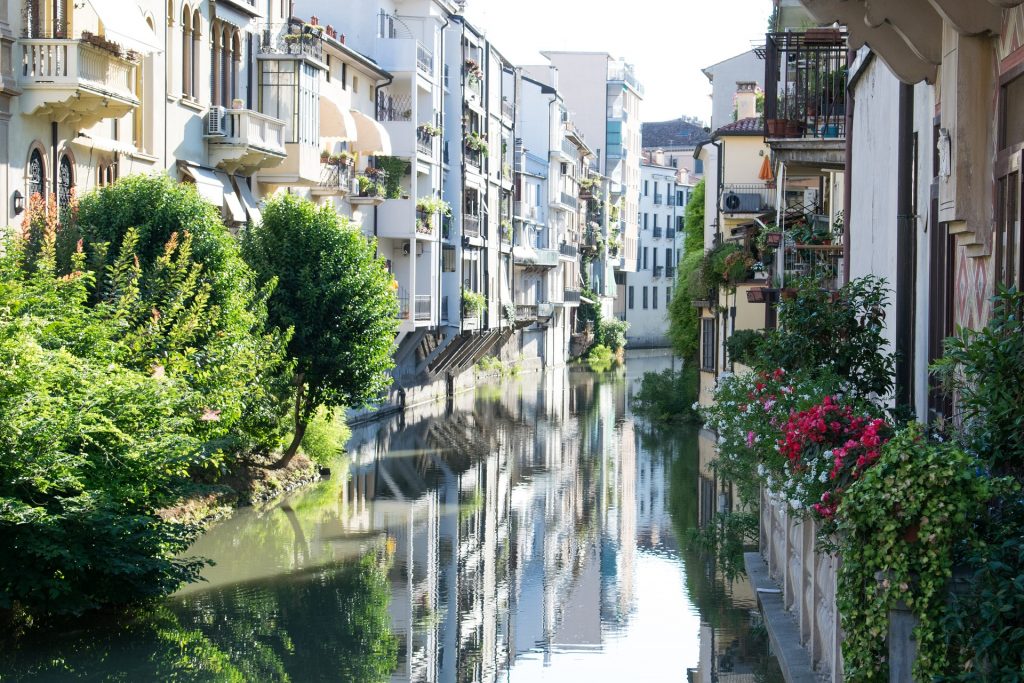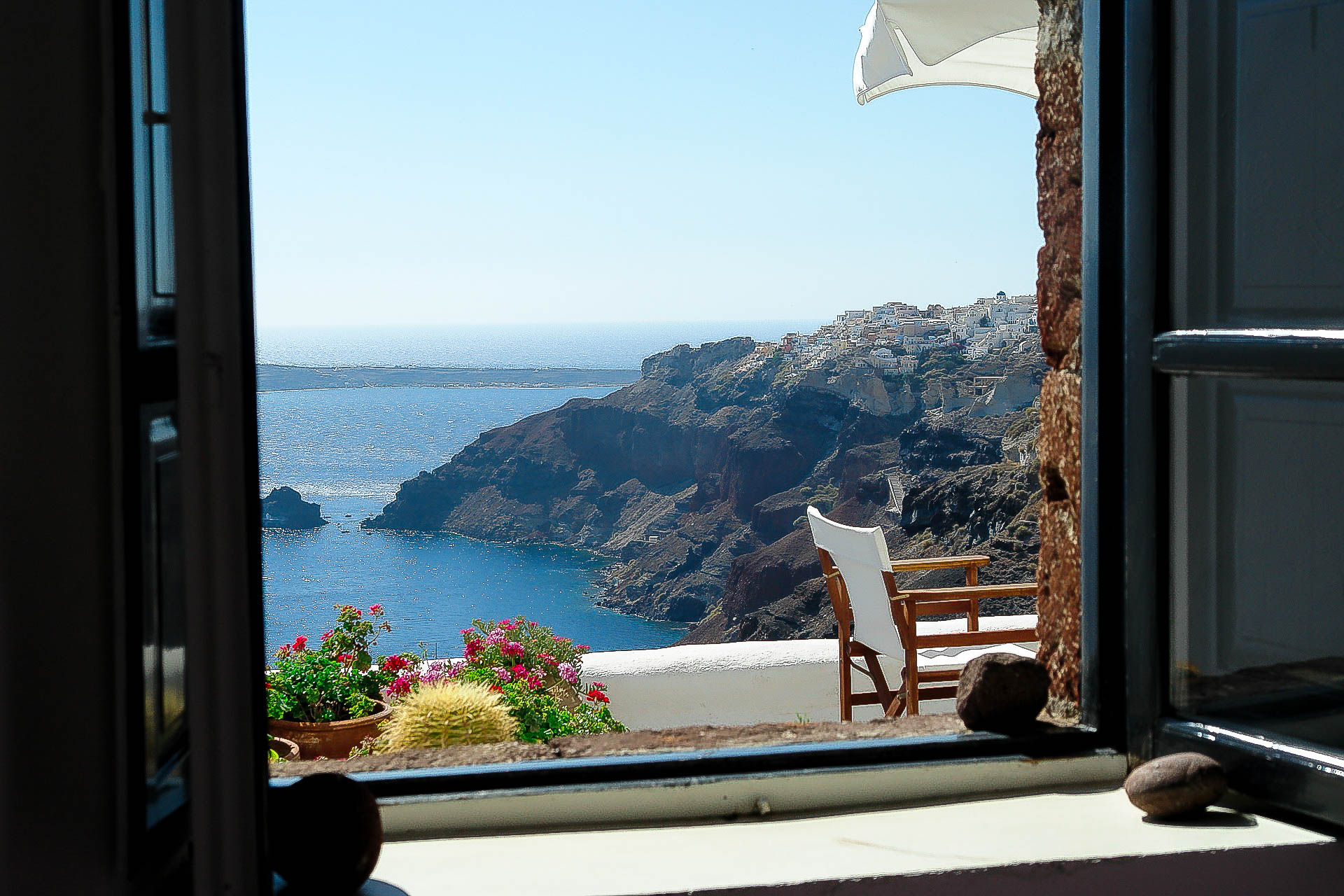Slow travel is making a big comeback, and businesses are receiving an unexpected boost because of it. As new technologies redefine the way people work, more people are becoming location-independent, affording them the time to go on longer trips. This has made slow travel tourism an attractive choice for those who want to take a pause.
People associate slow travel with Europe because that’s where it all began: in Italy. It was inspired by the slow food movement in 1980s, which protested the opening of a McDonald’s branch in Rome. The movement has since evolved into a cultural revolution, encouraging people to explore their neighborhood and patronize local cuisine.

How to do slow travel
According to Slowtrav.com, people can practice slow travel in two ways. The first one is to spend a week at one locality, opting for guest homes and vacation rentals for accommodations rather than plush, hotel franchises.
The second one is by observing the “concentric circles theory.” This involves visiting points of interests near one’s accommodations based on a series of concentric circles. The idea is to focus on traveling close to home, rather than heading out to “must-see” tourist spots.
The choices travelers make are central to slow travel. For instance, Smarter Travel’s website suggests that you could explore nearby places by car, or even better, by foot or bike. Another example is by going on a train rather than flying.

Popular slow travel destinations
Have you ever gone on a mountain trek? The Peak Magazine, a luxury travel magazine in Singapore, counts it as a form of slow travel. Safaris, snow adventures, and eco-friendly accommodations are also favored by practitioners of the slow travel movement.
Whatever path you choose, avoiding the rush is the key to the art of slow travel. Savor every view, every bite. Make friends. Because why travel if you won’t make meaningful connections along the way?
SEE ALSO: Traveling America Doesn’t Cost a Pretty Penny, If You Do It by Train









Comments